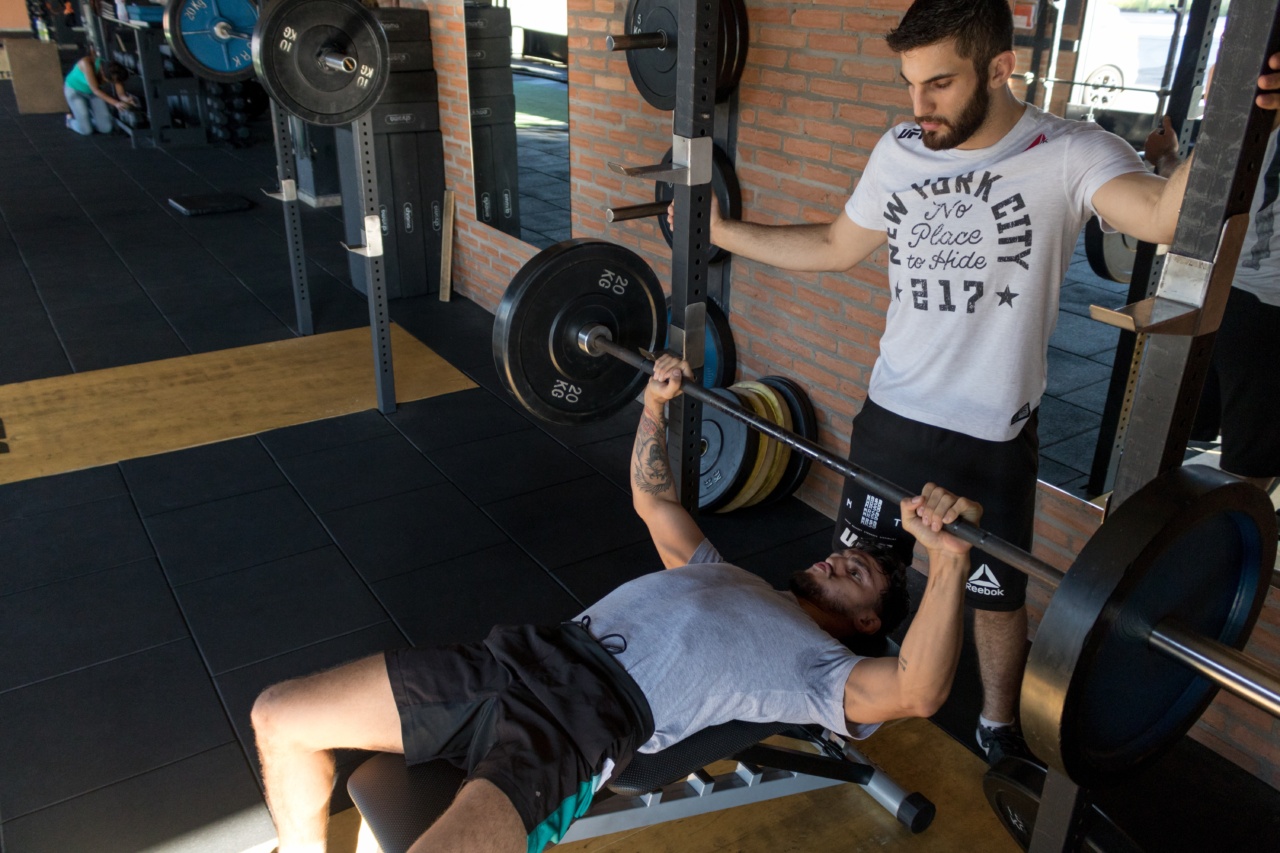Osteoporosis is a common bone disease that affects millions of people worldwide.
Though it can occur at any age, adolescence is a crucial period for bone development, and taking care of bone health during this time can help prevent osteoporosis from developing later in life. One of the best ways to prevent osteoporosis is by engaging in regular exercise, and in this article, we’ll take a look at the best exercises for stronger bones in adolescence.
Why Adolescence is So Important for Bone Health
Adolescence is a time of rapid growth and development, and bone development is no exception. During this time, bones are growing larger and stronger, and the body is laying down the foundation for healthy bones that will last a lifetime.
If this foundation isn’t built well, however, it can lead to weak bones and an increased risk of osteoporosis later in life.
Building strong bones during adolescence is important because it sets the stage for bone health in adulthood.
As we age, our bones naturally lose density and strength, but having a strong foundation to start with can help minimize this loss and reduce the risk of fractures and other bone-related problems.
The Benefits of Exercise for Bone Health
Regular exercise is one of the best ways to promote bone health at any age, but it’s especially important during adolescence.
Exercise helps to strengthen bones by putting stress on them, which in turn stimulates the body to lay down new bone tissue and make existing bones stronger. Additionally, exercise helps to improve balance and coordination, which can reduce the risk of falls and fractures.
Some of the most beneficial types of exercise for bone health include weight-bearing exercises like running, jumping, and dancing. These activities put stress on the bones and help to build bone density and strength.
Resistance training, such as lifting weights or using resistance bands, can also be effective in building bone mass.
The Best Exercises for Stronger Bones in Adolescence
Running and Jumping
Running and jumping are two of the most effective weight-bearing exercises for building bone density and strength.
These activities put stress on the bones of the lower body, including the hips, legs, and feet, and can help to increase bone mass in these areas.
As with any form of exercise, it’s important to start slowly and gradually build up intensity over time.
For adolescents who are new to running or jumping, starting with shorter sessions and gradually increasing the duration and intensity can help prevent injury and allow the body to adapt to the demands of the activity.
Dancing
Dancing is another weight-bearing activity that can be beneficial for bone health. Dancing involves a variety of movements, including jumping, twisting, and turning, that can help to strengthen the bones and improve overall coordination and balance.
Different styles of dance can have varying levels of impact on the bones, so it’s important to choose a style that matches your fitness level and goals.
For example, ballet is a highly demanding form of dance that requires a lot of jumping and balance, while ballroom dancing tends to be less intense but still offers many benefits for bone health.
Resistance Training
Resistance training, or weightlifting, is another effective way to build bone mass and improve bone density. By lifting weights or using resistance bands, adolescents can put stress on their bones and promote the growth of new bone tissue.
It’s important to use proper form when lifting weights or using resistance bands to avoid injury and ensure that the exercises are effective.
A qualified fitness instructor or strength and conditioning coach can help adolescents select appropriate exercises and develop a safe and effective training program.
Yoga
Yoga is a low-impact exercise that can offer many benefits for bone health. Certain yoga poses, such as downward-facing dog and warrior II, involve weight-bearing on the arms and legs and can help to build bone density in these areas.
Additionally, yoga can help to improve balance, flexibility, and overall physical and mental well-being.
For adolescents who are new to yoga, it’s important to start with a beginner’s class and work with a qualified instructor who can provide guidance on proper form and technique.
Conclusion
Osteoporosis is a serious bone disease that can have significant consequences for individuals who are affected.
However, by taking steps to promote bone health during adolescence, such as engaging in regular exercise, adolescents can lay the foundation for healthy bones that will serve them well throughout their lives. By incorporating weight-bearing exercises like running, jumping, and dancing, resistance training, and yoga into their routine, adolescents can build strong, healthy bones and reduce their risk of osteoporosis in the future.






























